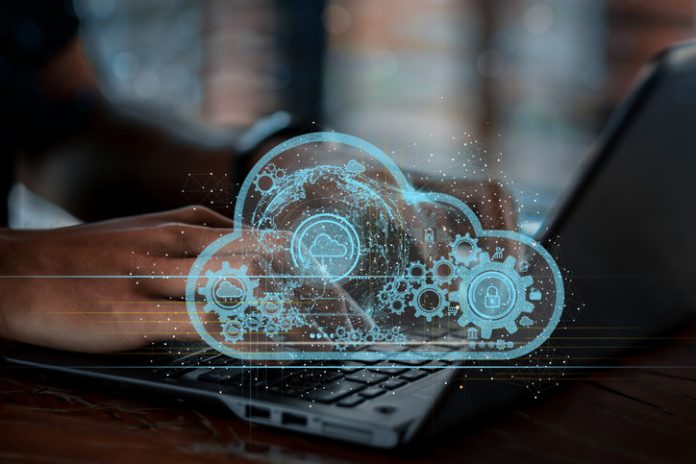By Emil Bjerg, journalist and editor of The European Business Review
AI hype, war and geopolitical chaos, climate change, and fragile supply chains. An overall sense of change and global disruption.
In today’s fast-paced and ever-changing business landscape, the ability to effectively forecast and navigate through volatile times is more crucial than ever. As part of our new Top Executive Education feature section, this series aims to guide leaders, founders, and company owners, equipping them with knowledge, best practices, and methods to steer their organizations successfully through uncertain times.
Throughout this series, we will explore various forecasting methods and tools, each with their unique benefits. From traditional techniques like scenario planning and trend analysis to newer approaches such as predictive analytics and machine learning forecasting, our goal is to provide a comprehensive overview that caters to diverse business needs.
The hope is that wherever you are in your career, you’ll be informed about tools to enhance analysis and decision-making in your organization.
Introducing Megatrends
We’ll kick off the article series by looking at the drivers of the world of today and tomorrow – so-called megatrends. This section takes its point of departure in a recent report from the Copenhagen Institute for Future Studies that can be found here.
The term ‘megatrends’ was coined in 1982 by futurist John Naisbitt. Megatrends can be defined as significant drivers of societal change on a global level, and they are often intertwined, affecting each other. Megatrends have a lifespan of at least 10-15 years – often much longer.
In other words, while the future is very difficult to predict, megatrends are a relative constant we can use to navigate after in decision- and strategy-making. As the Copenhagen Institute for Future Studies writes: “In a principally unpredictable world, these trends stand out as the only relative certainty we have.”
So, what are the current megatrends? There’s no set number of megatrends, but the Copenhagen Institute for Future Studies idenitfy 15. They divide the megatrends into four categories: 1) world, 2) people & society, 3) technology and science, and 4) economy. The megatrends they’ve identified are:
WORLD
- Globalization: As the world becomes more interconnected, global opportunities and risks emerge, turning local issues into global concerns.
- Population Growth: The global population is on the rise, with expectations of reaching 11 billion by 2100, as projected by the United Nations.
- Environmental Change & Sustainability: Addressing climate change is crucial for protecting ecosystems and cultures, emphasizing the need for a sustainable balance between human activities and the environment.
PEOPLE & SOCIETY
- An Aging World: Longer life spans and declining birth rates lead to an aging global population, transforming societal structures and consumption patterns.
- Individualization & Empowerment: Empowered individuals are forming new communities, both online and offline, leading to diverse lifestyles and work environments.
- Focus on Health: Advances in understanding genetics and lifestyle impacts on health, along with new technologies, are shifting towards a more personalized approach to healthcare.
- Urbanization: Future urban areas will grow larger and have more inhabitants. This way, cities become even more central to solving global challenges.
TECHNOLOGY & SCIENCE
- AI & Automation: Advancements in AI and robotics are set to change our work, education, and entertainment.
- Biotech Revolution: Biotechnology is poised to be as influential in the coming decades as computers were in the past, offering new capabilities in gene manipulation and bio-machine integration.
- Greater Interconnectedness: The proliferation of internet-connected devices enhances product and service quality but also raises privacy and data abuse concerns.
- Engineering Advances: Innovations in materials, energy sources, and production processes will significantly impact our lives and help combat environmental issues.
ECONOMY
- Network Economy: Digitalization fosters new peer-to-peer networks and value creation in decentralized structures operating globally and locally.
- Service Economy: The evolving service economy blurs lines between products and services, emphasizing integrated solutions.
- Economic Growth: Although historical economic growth has improved living standards, its future path remains to be determined.
- Concentration of Wealth: While global inequality has decreased, internal disparities within countries are growing, leading to a concentration of wealth in fewer hands.
Other Views on Megatrends
No organization has a monopoly on defining megatrends. Other organizations define another number of overlapping megatrends. If you’re curious, you can also check the German ZukunftInstitut’s 12 megatrends or Deloitte’s take on megatrends.
Working with Trends and Megatrends
Many of the above megatrends will ring familiar. That’s part of what makes these megatrends a great planning tool. They’re already making an impact on the world today, and will continue to do in the years to come.
There are several ways organizations can work with megatrends to enhance planning and strategy. We’ll cover that in the next article of our future forecasting tools-series. Stay tuned at European Business Review as we continue to report on tools to navigate a volatile future.




































